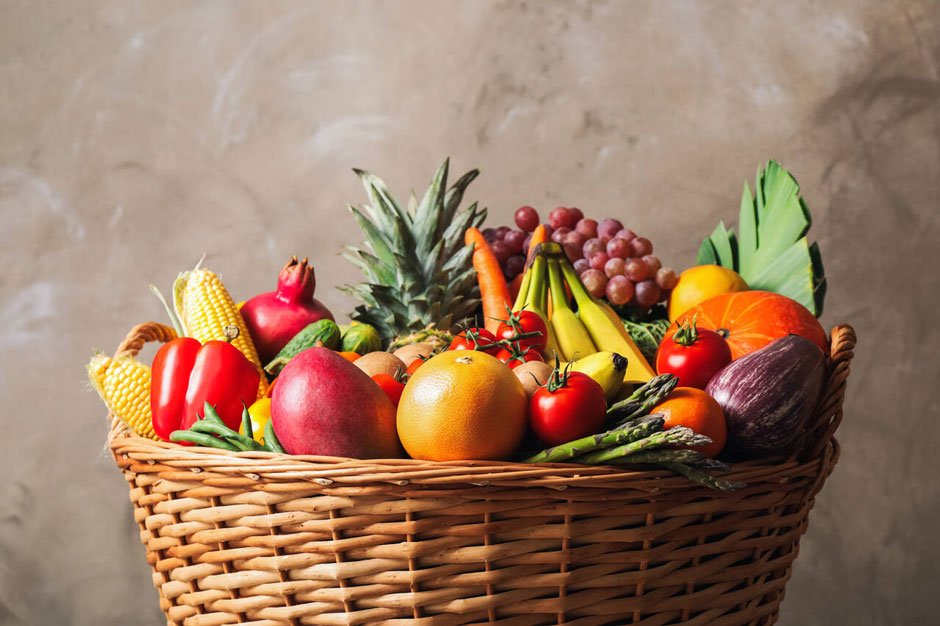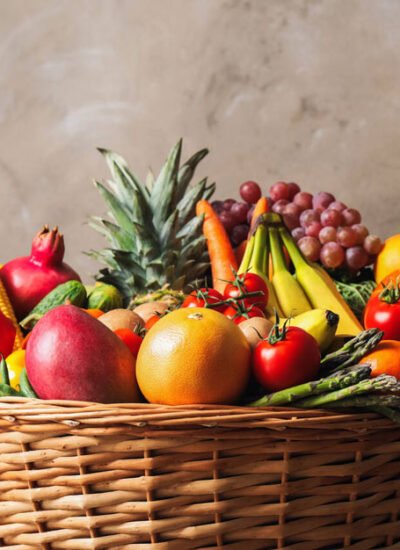 Introduction
Introduction
When it comes to choosing the perfect birthday gift, finding something thoughtful, delicious, and healthy can be a challenge. That’s why birthday fruit baskets have become a popular choice. They combine the freshness of nature’s best produce with a beautiful presentation, making them an ideal gift for all ages. Whether you are celebrating a milestone birthday or sending warm wishes from afar, a fruit basket can convey your sentiments in a unique and heartwarming way.
Why Choose a Birthday Fruit Basket?
1. A Healthy Alternative to Traditional Gifts
Many birthday gifts revolve around sweets and indulgences, which, while delightful, may not always align with the recipient’s lifestyle. A fruit basket offers a healthier alternative, packed with vitamins, minerals, and antioxidants that support overall well-being.
2. Visually Appealing and Customizable
One of the standout features of a fruit basket is its visual appeal. Beautifully arranged with vibrant colors, they make an eye-catching gift. Moreover, they can be customized with additional treats such as nuts, chocolates, or even gourmet cheeses to suit different tastes.
3. Perfect for All Ages
Whether for a child, a fitness enthusiast, or an elderly loved one, fruit baskets cater to everyone. They offer a guilt-free treat that can be enjoyed by individuals with dietary restrictions or those who prefer natural and wholesome foods.
Types of Birthday Fruit Baskets
1. Classic Fruit Baskets
A traditional fruit basket includes a mix of seasonal and exotic fruits such as apples, oranges, bananas, pears, and grapes. These baskets are perfect for those who enjoy the simplicity and freshness of nature’s bounty.
2. Gourmet Fruit Baskets
For a more luxurious touch, gourmet fruit baskets feature premium selections like dragon fruit, kiwi, pomegranate, and starfruit. They may also include gourmet accompaniments like artisanal cheeses, honey, and nuts for a refined taste experience.
3. Organic Fruit Baskets
As health consciousness rises, organic fruit baskets have gained popularity. These baskets contain 100% organic and pesticide-free fruits, ensuring a pure and natural gift that aligns with eco-friendly values.
4. Chocolate and Fruit Baskets
For those who appreciate a sweet treat, chocolate and fruit baskets blend the best of both worlds. High-quality dark, milk, or white chocolates pair beautifully with fresh fruits, creating an indulgent yet balanced gift option.
5. Dried Fruit and Nut Baskets
A great option for long-lasting enjoyment, dried fruit and nut baskets are packed with energy-boosting snacks like almonds, walnuts, cashews, apricots, and figs. They make for a nutritious and convenient birthday gift, especially for those who travel frequently or enjoy hiking and fitness activities.
How to Choose the Perfect Birthday Fruit Basket
1. Consider the Recipient’s Preferences
Think about the recipient’s dietary preferences and favorite fruits. Do they enjoy tropical fruits? Are they a fan of chocolates? Tailoring the basket to their taste ensures it will be appreciated and enjoyed.
2. Check for Quality and Freshness
Always opt for a reputable provider known for delivering high-quality, fresh produce. Companies specializing in fruit baskets often have strict quality control measures to ensure the fruits arrive in perfect condition.
3. Personalization and Presentation
A personalized touch, such as a heartfelt note or a beautifully arranged presentation, can enhance the overall gifting experience. Some services offer customized messages or even the option to add a bottle of wine or a special keepsake.
Where to Buy Birthday Fruit Baskets
There are several online retailers and local stores that offer exquisite fruit baskets. If you’re looking for a reliable source, check out Edible Arrangements for unique and creative fruit designs. Additionally, stores like Harry & David offer premium fruit gifts with gourmet pairings. If organic and sustainable options are your priority, The Fruit Company provides excellent organic fruit baskets.
The Benefits of Gifting a Fruit Basket
1. Promotes a Healthy Lifestyle
Gifting a fruit basket encourages healthier eating habits. It’s a wonderful way to introduce delicious, nutrient-rich fruits into someone’s daily routine, promoting overall wellness.
2. Suitable for Every Occasion
Although ideal for birthdays, fruit baskets also work well for other celebrations like anniversaries, graduations, or corporate gifts. Their versatility makes them a timeless and thoughtful choice.
3. Easy to Deliver
One of the biggest advantages of fruit baskets is their convenience. Many online stores offer international shipping, allowing you to send a beautiful and meaningful gift anywhere in the world. Gift Baskets Overseas specializes in worldwide delivery, making it easy to surprise loved ones, no matter where they are.
How to Make Your Own Birthday Fruit Basket
For those who love DIY gifts, creating a homemade fruit basket can be a rewarding and personal way to show you care. Here’s how:
1. Choose a Stylish Basket
Select a sturdy and aesthetically pleasing basket or container. Wicker baskets, wooden crates, or decorative boxes work well.
2. Pick a Variety of Fresh Fruits
Include a mix of colorful and seasonal fruits such as apples, oranges, grapes, and berries for visual appeal and taste variety.
3. Add Extras
Consider adding complementary items like gourmet cheeses, chocolates, nuts, or a bottle of wine to enhance the basket.
4. Arrange and Decorate
Place larger fruits at the bottom and smaller fruits on top to create a balanced display. Use decorative fillers like tissue paper or ribbons to make the basket visually appealing.
5. Include a Personal Note
A handwritten birthday message adds a heartfelt touch that will make the gift even more special.
Conclusion
Birthday fruit baskets are a delightful, thoughtful, and versatile gift option that appeals to all ages. Whether you choose a classic, gourmet, or organic selection, these baskets bring joy, health, and beauty to any birthday celebration. With options available from Gift Tree and many other reputable providers, finding the perfect fruit basket has never been easier.
So, the next time you’re searching for a meaningful birthday gift, consider a beautifully arranged fruit basket—it’s a present that is both delightful and nourishing!




Leave a Reply